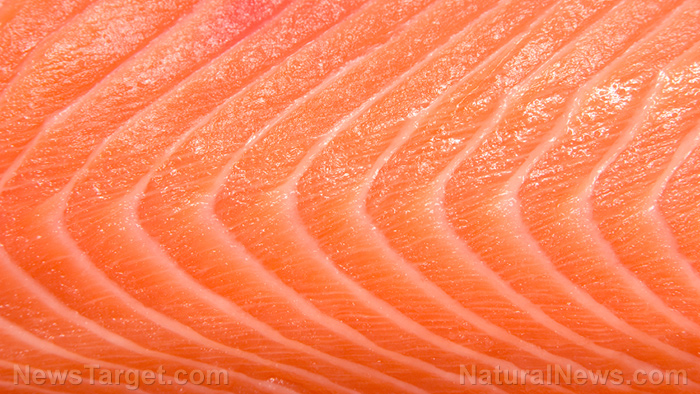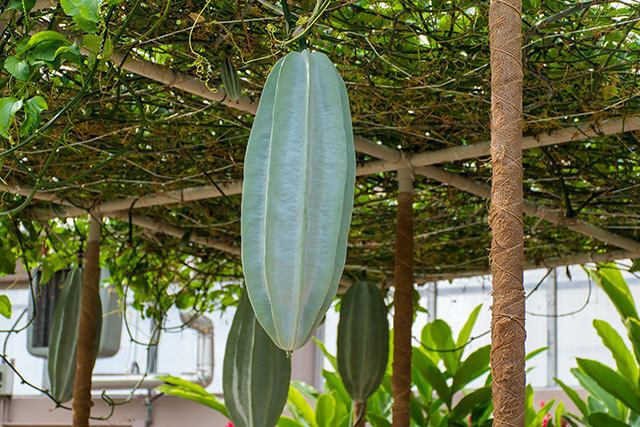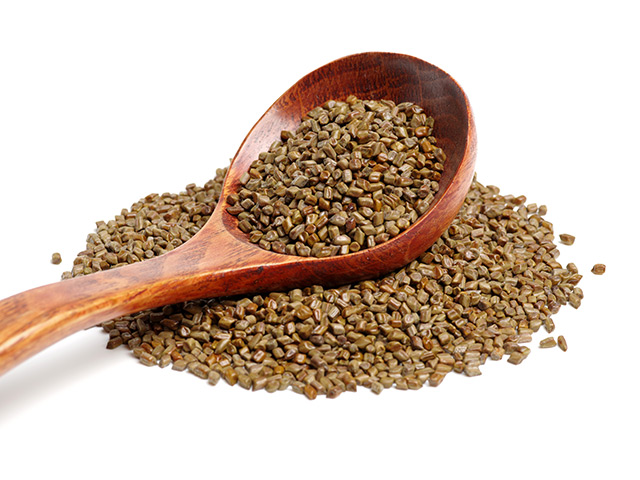Is there a nutritional advantage to fresh vs frozen fish? Well, that depends…
12/28/2017 / By Jhoanna Robinson

New research shows that frozen fish is just as good as fresh fish if properly prepared.
According to an initiative by Trondheim, Norway-based research company SINTEF, the Norwegian Institute of Nutrition and Seafood Research (NIFES), and the Icelandic research institute Matis, new methods of handling fish can make it fresh throughout the year.
The project, called QualiFish, is an endeavor that seeks to find out the best methods to preserve the taste and achieve the maximum shelf-life of fish, thus retaining the best possible quality after freezing and thawing.
It takes an average of three days for a fresh cod to be delivered to most sales counters. For both customers and retailers, a three-day-old fish may not be as fresh as it may at first seem to be. However, if it is frozen onboard the vessel and has been properly thawed before it reached the sales counter, its quality can be as pristine as if it had never been inside of a freezer.
The researchers have conducted different experiments to determine the effects of various thawing methods, specifically on the quality and the shelf-life of the fish. They found out that to maintain the freshness of the fish and to ensure they stay that way for an extended period, they must be frozen as soon as they are hauled onboard the fishing boat, before rigor mortis sets in the fish.
The fish must also be kept in a frozen state at a stable and low temperature for the entire time until the fish are thawed. Then, the thawing itself must take place immediately, before the fish are displayed for selling purposes, and done in water under controlled conditions.
Choosing between fresh and frozen fish
When choosing between fresh and frozen fish, you have to consider your location: Are you residing within 100 miles of a coast or Great Lakes? If that is the case, buying fresh fish is a good idea, as long as the fish you will purchase are local and in season.
However, if you are looking towards buying frozen fish, you need to look for a vacuum-sealed fish and a fish with a thick glaze of ice on it – because this type of freezing can protect the fish properly.
It is good to buy frozen fish – provided that is frozen onboard the vessel upon having been caught – because all of the fish’s flavor and nutrition, not to mention its texture, can be locked in. It also doesn’t matter what kind of fish was frozen – be it a lean or fatty fish – as long as the freezing was done properly.
Frozen fish is also good when you’re thinking about convenience. Frozen fish fillets can be thawed quickly by placing them in a bowl of hot water (put the fish in a resealable plastic bag itself) until the fillets bend a bit. Cod or tilapia, which can be considered a lean fish, can be put directly in the pan or oven – they don’t need to be defrosted.
Finally, another advantage that frozen fish have over fresh fish is that the former is cheaper than the latter – they are around 20 percent less expensive. (Related: Nutrition’s best kept secret is frozen food: Here’s why)
To learn more about the quality and quantity of food all around the world, visit FoodSupply.news.
Sources include:
Tagged Under: fatty fish, food science, food supply, Fresh, fresh fish, frozen, frozen fish, grocery, ingredients, nutrients, shelf life, thawed, thawing




















